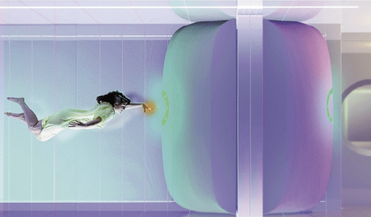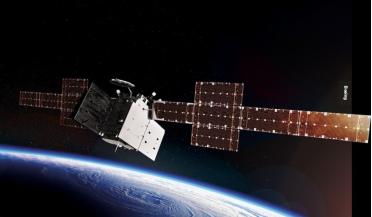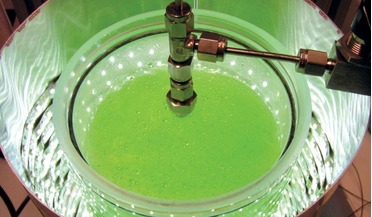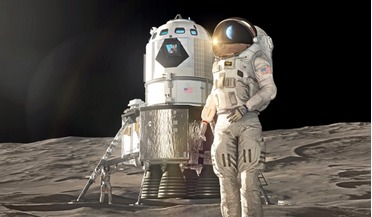 July 2021
Designing for life in outer space - The importance of design for long-term space missions
July 2021
Designing for life in outer space - The importance of design for long-term space missions
... them, but also researchers, scientists and, not least, tourists, will have the chance to experience space travel. This means that the space environment must be totally rethought and redesigned according to the physiological and psychological needs...
 April 2025
A bun in the (space) oven - Reasons not to get pregnant while going around Earth at 7.8 kilometres per second
April 2025
A bun in the (space) oven - Reasons not to get pregnant while going around Earth at 7.8 kilometres per second
...: maybe there is some stage in the reproductive cycle that is irreparably damaged by the space environment, or maybe bodies can compensate for the space environment and be totally fine in the end. We just don’t know yet. Astronauts (clockwise...
 October 2025
Satellite technology - from operational challenges to strategic opportunities
October 2025
Satellite technology - from operational challenges to strategic opportunities
... that are difficult and expensive to replicate on Earth, but modern simulation tools can recreate the harsh space environment virtually, testing how materials and components will respond to radiation, thermal cycling and mechanical stresses before...
 October 2015
Space debris, Kessler Syndrome, and the unreasonable expectation of certainty
October 2015
Space debris, Kessler Syndrome, and the unreasonable expectation of certainty
...has been considerable interest shown in remediation of the space environment. In particular, significant effort has been invested ..., this would cost the maximum of $520. In the space environment, we have exactly the same problem: we don’t know with...
 July 2018
Using algae to support astronauts on deep space missions
July 2018
Using algae to support astronauts on deep space missions
.... Lessons learned so far Despite the fact that to date some 51 algae experiments have flown in space, the effects of the space environment, especially radiation and microgravity, are still not completely known. Given the high number of failures...
 July 2019
Developing life support systems for human exploration missions beyond Earth
July 2019
Developing life support systems for human exploration missions beyond Earth
... experience on the ISS has helped to identify both long and short duration vulnerabilities of the designs in the space environment and the ISS programme has undertaken a robust upgrade campaign that has incorporated changes to address them...